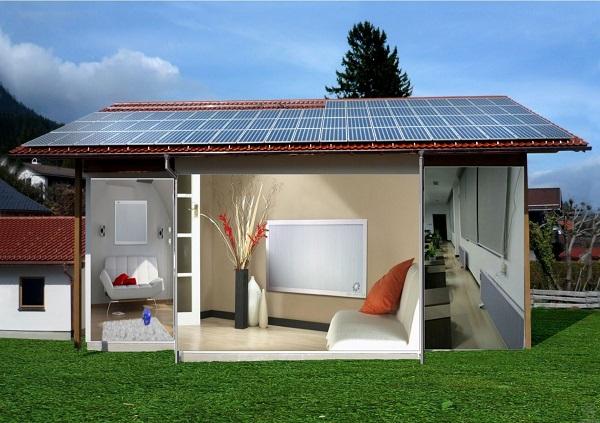**Sunny Side Up: What’s the Magic Number of Solar Panels for Your Home?**
(How Many Solar Panels Are Needed To Power A House)
Thinking about switching to solar? You’re not alone. One big question pops up first: how many panels will it take to keep your home humming? The answer isn’t one-size-fits-all. Let’s peel back the layers.
Start with your energy bill. How much juice does your household guzzle each month? The average U.S. home uses around 900 kilowatt-hours (kWh) monthly. Check your bill. If you’re above or below, that’s your starting line. Next, where do you live? Sunlight isn’t the same everywhere. Arizona gets more rays than Alaska. More sun means fewer panels. Less sun? You’ll need extra.
Solar panels aren’t all created equal. Efficiency matters. High-efficiency panels squeeze more power from the same sunlight. A 400-watt panel produces more than a 300-watt one. If your roof is small, go for high-efficiency models. Got space? Standard panels might save cash.
Crunch the numbers. Take your monthly kWh usage. Divide by 30 to get daily needs. Say you use 900 kWh monthly—that’s 30 kWh daily. Now, check your area’s peak sunlight hours. Most places get 4-6 hours of solid sun daily. If you’re in a 5-hour zone, divide your daily need by 5. For 30 kWh, that’s 6 kW per hour.
Convert kilowatts to panels. If each panel is 400 watts (0.4 kW), divide 6 kW by 0.4 kW. You’d need 15 panels. But wait—real life isn’t perfect. Add 10-20% extra for cloudy days or system losses. Now you’re looking at 17-18 panels.
Roof real estate is key. Each panel needs about 18 square feet. Fifteen panels? That’s 270 square feet. No south-facing roof? East or west works but might need more panels. Shade from trees or chimneys? Trim branches or rethink placement.
Money talk. More panels mean higher upfront costs, but bigger savings later. A 6 kW system might run $18,000 before incentives. Federal tax credits slash that by 30%. Some states sweeten the deal with rebates. Over 25 years, solar can save $30,000 or more.
Batteries? Maybe. Storing extra power keeps lights on when the grid fails. But batteries add cost. If your area has reliable power, you might skip them. Net metering credits you for excess energy sent back to the grid. Check local policies—they can boost savings.
What about weather? Snowy winters or stormy seasons cut solar output. Systems are built for local climates. Panels handle snow loads, and angled setups shed snow faster. Rain even cleans dust off panels.
Installers matter. Get quotes from three companies. Ask about warranties, maintenance, and production guarantees. Leasing panels saves upfront cash but cuts long-term benefits. Buying outright maximizes savings.
Still fuzzy? Think real-world examples. A 2,000-square-foot home in sunny Texas might need 20 panels. A same-sized house in cloudy Washington could need 30. A tiny home? Maybe 10 panels.
(How Many Solar Panels Are Needed To Power A House)
Solar isn’t just math. It’s about slashing bills, shrinking your carbon footprint, and locking in energy independence. Every roof has potential. Start with your kWh, factor in sunshine, and let the numbers guide you. Ready to catch some rays?
Inquiry us
if you want to want to know more, please feel free to contact us. (nanotrun@yahoo.com)




